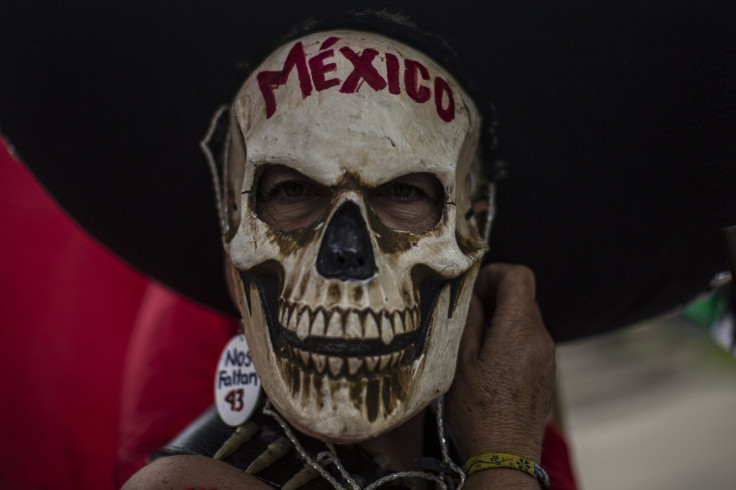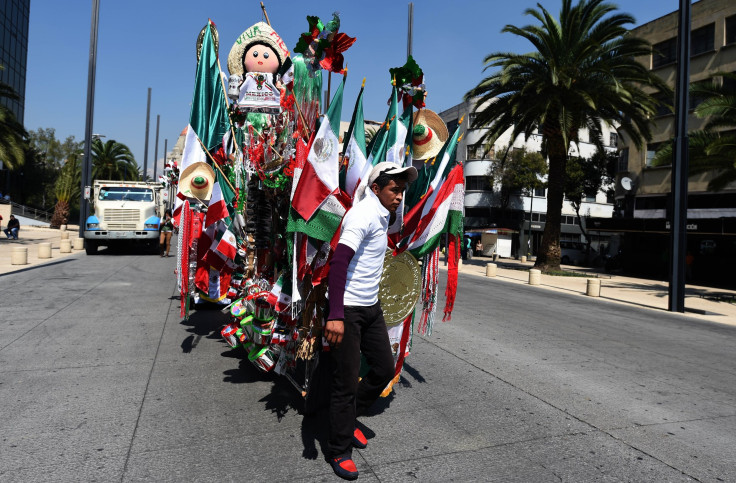Mexico Missing Students: Investigation Into Disappearance Of 43 Teacher’s College Students Rife With Omissions, Lawyers Say

Attorneys representing the families of dozens of college students who went missing in southwestern Mexico almost a year ago say the government investigation of their disappearances is rife with errors and omissions. Besides losing evidence, the probers failed to provide scientific evidence backing their claim that a local drug cartel is responsible for the abductions of the students and their presumed massacre, the lawyers said.
“There is evidence gathered by investigators that doesn’t hold up to public scrutiny,” Santiago Aguirre, an attorney for relatives of the students, told Reuters.
The Mexican government claims that police in the town of Iguala in the state of Guerrero mistook the students for rivals of a local militia known as the Guerrero Unidos and handed them over to the criminal gang. But the lawyers for the families of the presumably deceased say the official investigation hasn’t gone far enough in pursuing leads that could possibly impugn state officials and the national army.
Vidulfo Rosales, another legal representative of the families, said a new report on the apparent Iguala massacre would be presented Sunday offering new lines of investigation into the presumed crime. The Interdisciplinary Group of Independent Experts of the Inter-American Commission on Human Rights indicated probers should look into the possible involvement of the Mexican Army, former Guerrero state Gov. Angel Aguirre (who resigned in the wake of the incident) and local political forces.
This month, Miguel Angel Jimenez, an activist involved with seeking justice in association with the presumed massacre, was among 15 people killed in or around Acapulco, the famous resort city in Guerrero state that’s been plagued with drug-gang related murders in recent years.

Forty-three students at the Ayotzinapa Rural Teachers' College in Iguala went missing Sept. 26, 2014, while traveling to a local demonstration. Along the way, the young men were confronted by local police. The official investigation claims the police handed the students over to Guerrero Unidos, whose members presumably murdered them and incinerated their bodies.
Mexico’s authorities claim that Iguala Mayor Jose Luis Abarca Velazquez and his wife Maria de los Angeles Pineda Villa masterminded the abduction in response to outrage by rural teachers about what they claim were discriminatory hiring and funding practices. The mayor and his wife are among about 80 people who have been arrested in the case, including dozens of local police officers.
In November 2014, Mexico’s former Attorney General Jesus Murillo Karam announced the discovery of human remains in Guerrero that were presumed to be those of some of the missing students. And the remains of one of the students have indeed been identified.
© Copyright IBTimes 2024. All rights reserved.






















